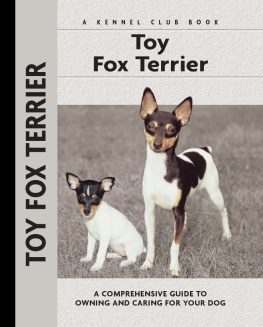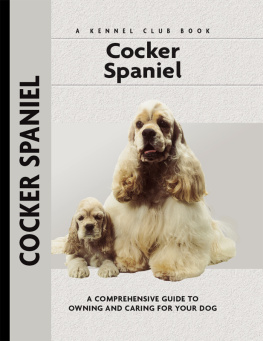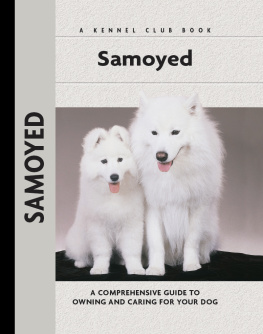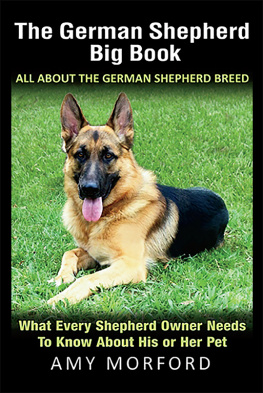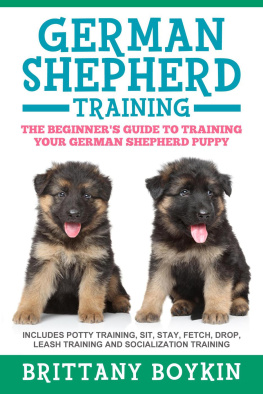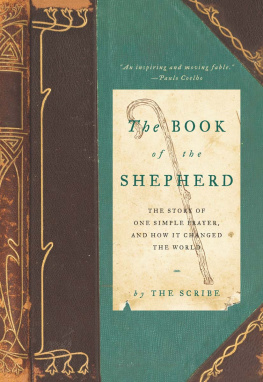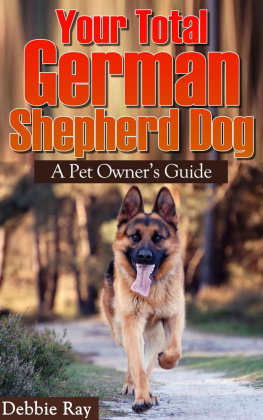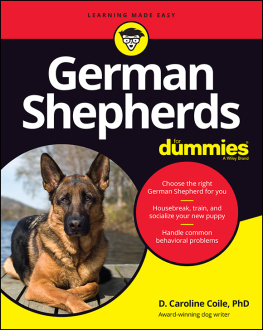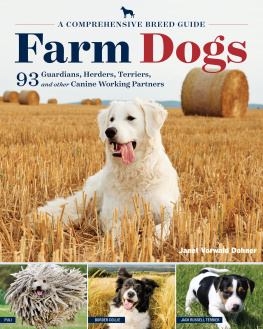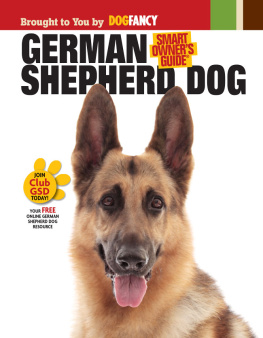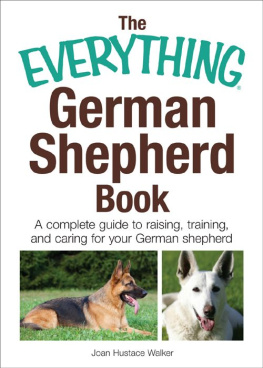Physical Characteristics of the Anatolian Shepherd Dog
(from the Canadian Kennel Club breed standard)
Head: Expression should be intelligent. Skull is large but in proportion to the body.
Ears: Set on no higher than the plane of the head. V-shaped, rounded apex, measuring about 4 inches at the base to 6 inches in length. Ears dropped to sides.
Eyes: Medium size, set apart, almond shaped and dark brown to light amber in color.

Neck: Slightly arched, powerful, and muscular, moderate in length with more skin and fur than elsewhere on the body, forming a protective ruff.
Muzzle: Blockier and stronger for the dog, but neither dog nor bitch should have a snipey head or muzzle. Nose and flews must be solid black or brown. Scissors bite preferred, level bite acceptable.
Forequarters: Shoulders should be muscular and well developed, blades long, broad and sloping. Elbows should be neither in nor out. Forelegs should be relatively long, well-boned and set straight with strong pasterns.
Feet: Strong and compact with well-arched toes, oval in shape. They should have stout nails with pads thick and tough.
Body: Well proportioned, functional, without exaggeration. Chest is deep (to the elbow) and well-sprung with a distinct tuck up at the loin.
Tail: Long and reaching to the hocks. Set on rather high. When relaxed, it is carried low with the end curled upwards. When alert, the tail is carried high, making a wheel.
Hindquarters: Strong, with broad thighs and heavily muscled. Angulation at the stifle and hock is in proportion to the forequarters.
Coat: Short (1 inch minimum, not tight) to Rough (approximately 4 inches in length) with neck hair slightly longer.
Color: All color patterns and markings are equally acceptable.
Size and Weight: Dogs should be from 29 inches and weighing from 110 to 150 pounds proportionate to size and structure. Bitches should be from 27 inches, weighing from 80 to 120 pounds, proportionate to size and structure.

Contents
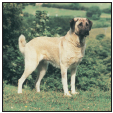
From the ancient history of Canis familiaris and the Woolly Tibetan Wolf to the arrival of Mans best friend, protecting him from wolves, trace the history of this remarkable guardian breed from the Anatolian Plateau. Follow the breeds development from Asia Minor to the US, UK and beyond.
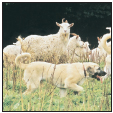
Are you prepared to be guarded and cared for by the Anatolian Shepherd? Find out about the breeds qualifications and requirements, its suitability with children, its trainability, hereditary health concerns and much more.
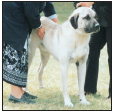
Learn the requirements of a well-bred Anatolian Shepherd Dog by studying the description of the breed as set forth in the American Kennel Clubs breed standard. Both show dogs and pets must possess key characteristics as outlined in the breed standard.
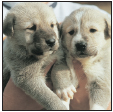
Be advised about choosing a reputable breeder and selecting a healthy, typical puppy. Understand the responsibilities of ownership, including home preparation, acclimatization, the vet and prevention of common puppy problems.
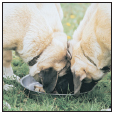
Enter into a sensible discussion of dietary and feeding considerations, exercise, grooming, traveling and identification of your dog. This chapter discusses Anatolian Shepherd Dog care for all stages of development.
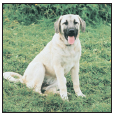
By Charlotte Schwartz
Be informed about the importance of training your Anatolian Shepherd Dog from the basics of house-training and understanding the development of a young dog to executing obedience commands (sit, stay, down, etc.).
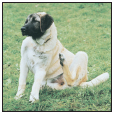
Discover how to select a qualified vet and care for your dog at all stages of life. Topics include vaccinations, skin problems, dealing with external and internal parasites and common medical and behavioral conditions.
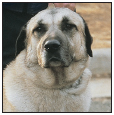
Consider the care of your senior Anatolian Shepherd Dog, including the proper diet for a senior. Recognize the signs of an aging dog, both behavioral and medical; implement a special-care program with your vet and become comfortable with making the final decisions and arrangements for your senior Anatolian Shepherd Dog.

Experience the dog show world in the conformation ring and beyond. Learn about the American Kennel Club, the making of a champion, and all about the FCI, the worlds international kennel club.

K ENNEL C LUB B OOKS A NATOLIAN S HEPHERD D OG
ISBN 13: 978-1-59378-347-1
eISBN 13: 978-1-62187-007-4
Copyright 2003 Kennel Club Books An Imprint of I-5 Press A Division of I-5 Publishing, LLC
3 Burroughs, Irvine, CA 92618 USA
Cover Design Patented: US 6,435,559 B2 Printed in South Korea
All rights reserved. No part of this book may be reproduced in any form, by photostat, scanner, microfilm, xerography or any other means, or incorporated into any information retrieval system, electronic or mechanical, without the written permission of the copyright owner.
Photography by Isabelle Franais and Carol Ann Johnson,
with additional photographs by:
Norvia Behling, T. J. Calhoun, David Dalton, Doskocil, Lynette Hodge, Bill Jonas, Mikki Pet Products and Alice van Kempen.
Illustrations by Patricia Peters.
The publisher would like to thank all of the owners of the dogs featured in this book, including Mrs. Pat & Miss Shell Broadhead, Louise V. Emanuel and Charles M. Zimmerman.
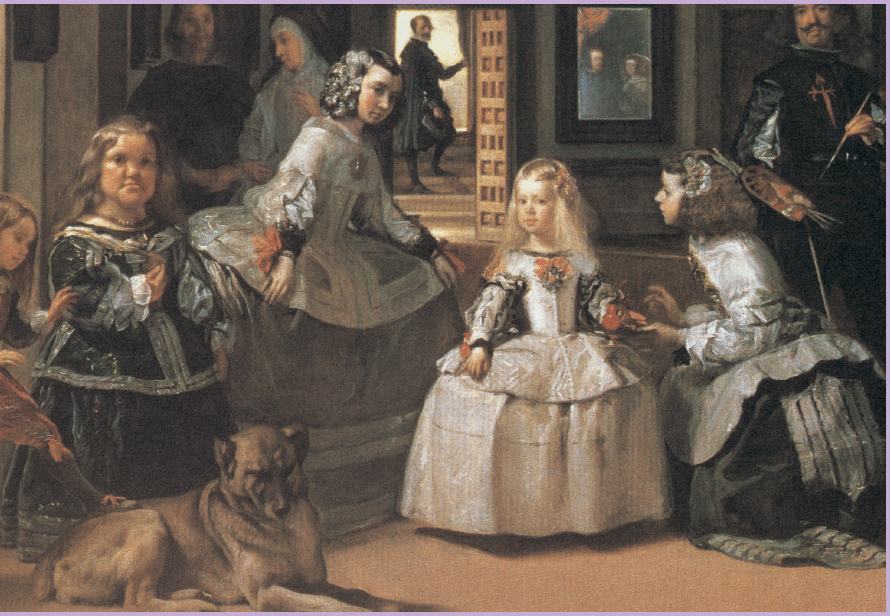
A section from Las Meninas (The Maids of Honor), a famous painting by Diego Velazquez de Silva. The figures in the painting are caught in snapshot fashion in typical Velazquez style. The dog at the childrens feet, though not identified by breed, certainly resembles the Anatolian Shepherd. Painted in 1656, the original is in the Philip IV collection at the Prado Museum in Madrid, Spain.
Next page

